"Has Anybody Seen My Girl? (Five Foot Two, Eyes of Blue)" is an American popular song that achieved its greatest popularity in the 1920s. It is sometimes known simply as "Has Anybody Seen My Girl?" and sometimes simply as "Five Foot Two, Eyes of Blue"; the 1925 Leo Feist, Inc. sheet music gives both of these.

View the Main Song Downloads section below to download the song files for the complete and most up-to-date versions.
"Has Anybody Seen My Girl? (Five Foot Two, Eyes of Blue)" is an American popular song that achieved its greatest popularity in the 1920s. It is sometimes known simply as "Has Anybody Seen My Girl?" and sometimes simply as "Five Foot Two, Eyes of Blue"; the 1925 Leo Feist, Inc. sheet music gives both of these.
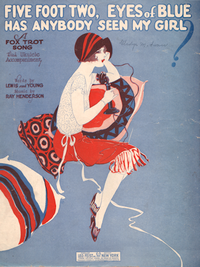
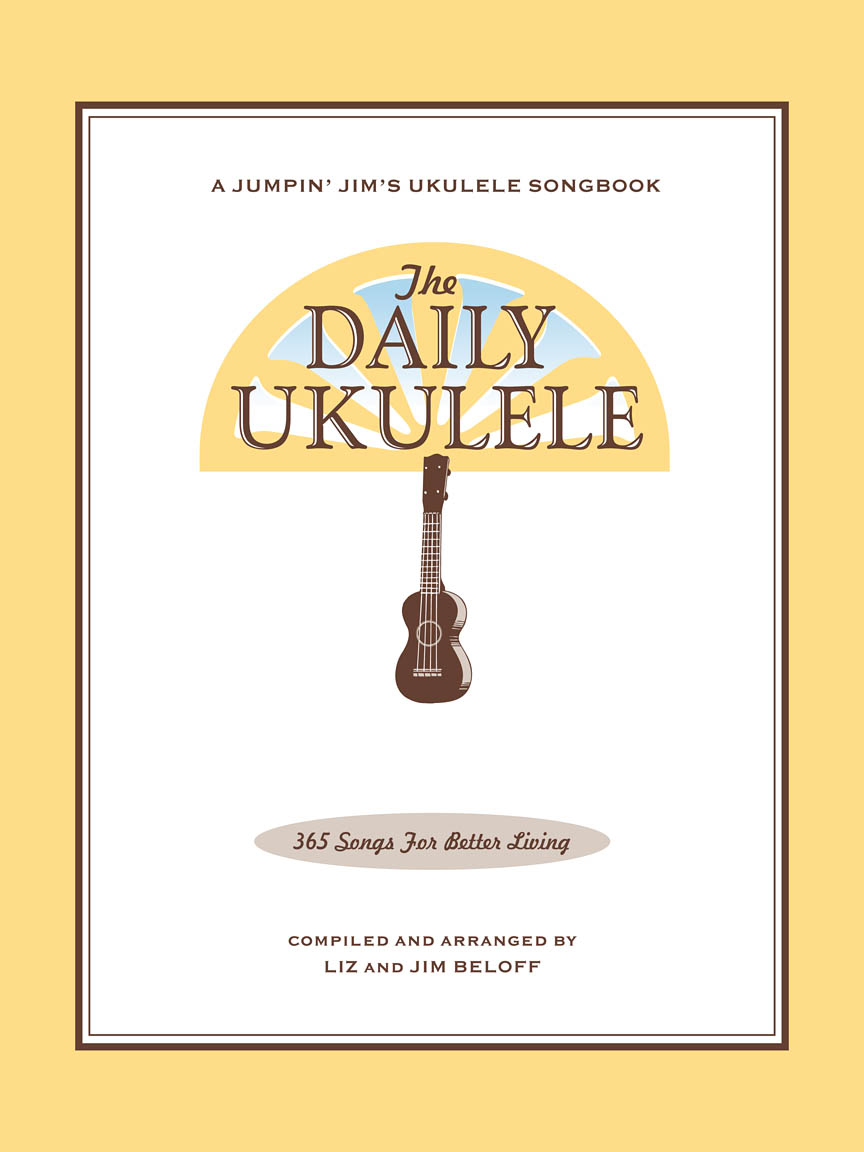
The Daily Ukulele— 365 Songs for Better Living book.
Chords
Here are the basic chords you'll most likely run across at a jam or meetup.
C E7 A7 D7 G7 turnback C G7. For a big music term, the E7 A7 D7 G7 is common Chained Secondary Secondary Cycle.
Basically one measure for each chord except for the A7 which is two measures.
Turnaround or Turnnback
A turnback or turnaround typically happens in the last two measure of a section of a song that takes you back the beginning of that section for another pass. The chords of the turn back will harmonically lead you to the first chord of the section your are returning to.
For the turnback you can do the following substitutes, two beats each. C A7 D7 G7 _ this keeps with the style of the songs from that era better than what you typically run across.
| C | E7 | A7 | A7 | D7 | G7 | C7 A7 | D7 G7 |
This lesson shows some alternate voicings to spice thing up - still seventh chords.

Core Chords for Ukulele, The Big Six - From four F7 chord voicings or shapes, your can build your massive 4-part, a.k.a., “jazz” chord vocabulary. Beyond basic open position chords, basic movable form chords and a core set of 4-part chords. There are just too many chords shapes too memorize.

"Has Anybody Seen My Girl? (Five Foot Two, Eyes of Blue)" is an American popular song that achieved its greatest popularity in the 1920s. It is sometimes known simply as "Has Anybody Seen My Girl?" and sometimes simply as "Five Foot Two, Eyes of Blue"; the 1925 Leo Feist, Inc. sheet music gives both of these.
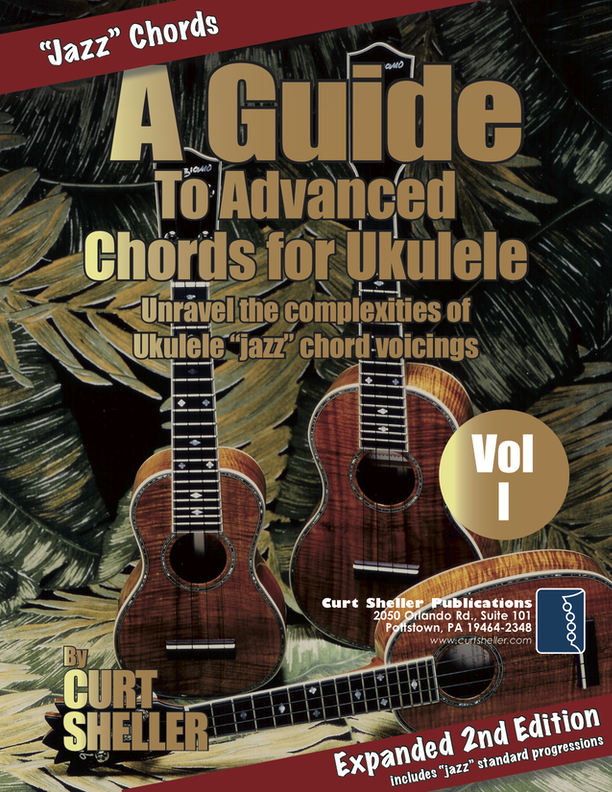
Beyond learning basic Ukulele chords, most players struggle with advanced chords. Commonly called "jazz" chords, these more sophisticated voicings find a wide use in all forms of music. A Guide to Advanced Chords for Ukulele - presents a highly organized and efficient approach to the mysterious subject of advanced chords. Chord dictionaries are not the answer.
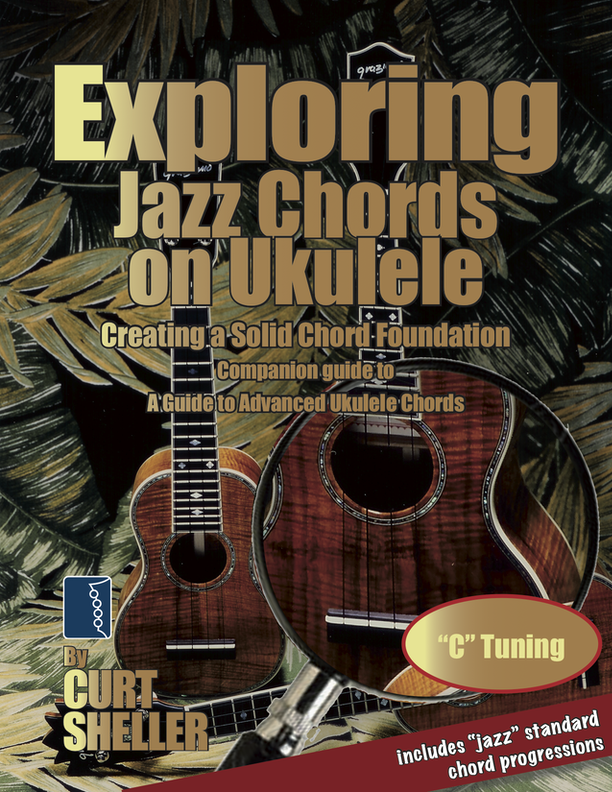
Exploring jazz chords using a variety of common chord progressions based on songs from the standard jazz repertoire. Core Chords are the basic set of chords needed to play a wide range of music, in a variety of styles. This set of chords includes basic open position chords, basic movable form chords and the core 4-part "jazz" chords.
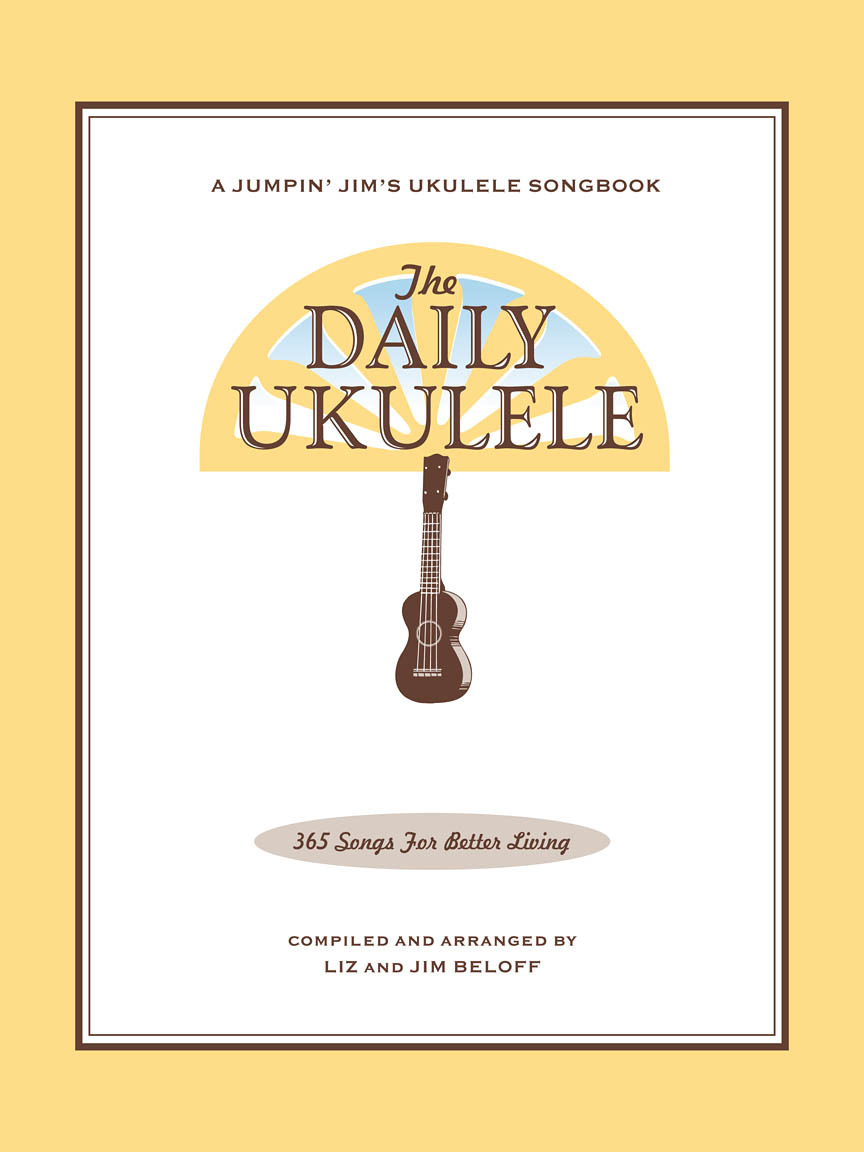
Strum a different song every day with easy arrangements of 365 of your favorite songs in one big songbook! The Daily Ukulele features ukulele arrangements with melody, lyrics and uke chord grids and are in ukulele-friendly keys that are particularly suited for groups of one to one hundred to play and sing.

Finally, learn the names of the notes of the ukulele fingerboard in C tuning .

Learn the six fingering principles to navigating the ukulele fingerboard. Fingering is one of the most universal topics. Book: Six Secrets of the Ukulele Fingering

Harmonic Analysis is the understanding of the functional sequence of chords. It is the process used to analyze the harmonic structure of a progression, song or composition. Book: Harmonic Analysis for Scale Selection and Chord Substitution

Learn to read single note melodies in the first/open position is a lot easier than you might think. Book: Ukulele – Reading Music Series – Primer

An organized collection of daily practice and reference material for the contemporary ukulele player for developing the vocabulary and knowledge necessary for single note playing. Book: Daily Practice Material for the Contemporary Ukulele
Checkout the Books & Reference Charts for additional Handy, Dandy Reference Charts.

Ukulele Fingerboard Chart for C Tuning, Low or High G – G C E A

Ukulele Fingerboard Chart for G Tuning, Low or High A – D G B E

A handy reference chart of all 15 major and relative minor key signatures. US Letter 8.5 x 11 sized (ANSI-A), A4
Checkout the Books & Reference Charts for additional Handy, Dandy Reference Charts.




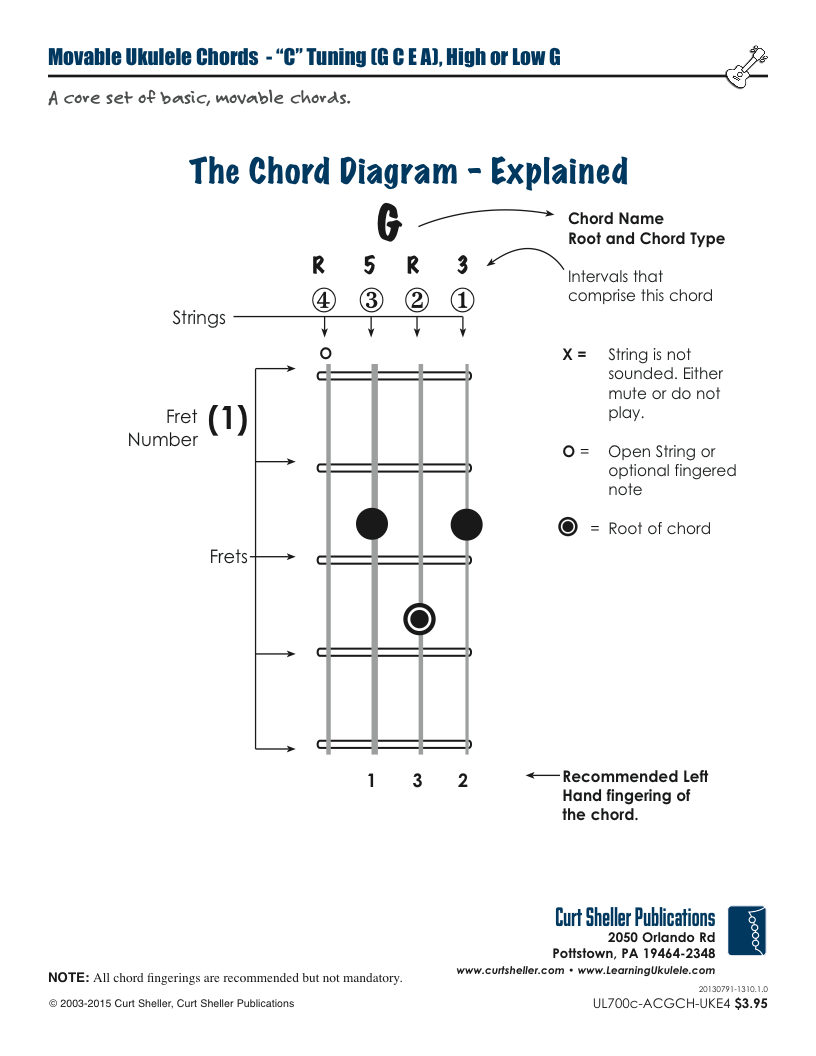


.jpg)